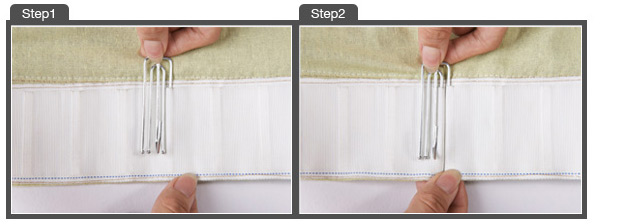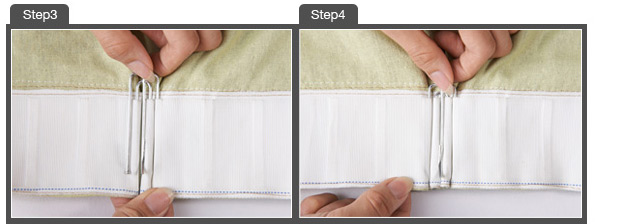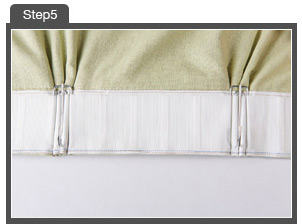LightInTheBox Curtains: All You Need to Know

How To MeasureBefore you measure
Measure each window. Size may vary, even for a new home. Use a metal measuring tape. Cloth tapes can stretch.
Write down each measurement, indicating window location, width, and height.
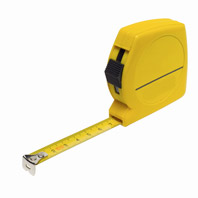 Determine Width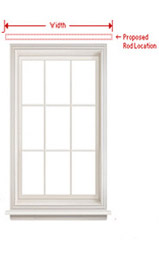 1.Measure your windowMeasure the width of the window at the top, center, and bottom and record the widest of the measurements. 2.Adjust widthIf wall space allows, add 10” so that the curtains extend beyond the window edges. 3.Determine fullnessPanels are gathered on the rod, so multiply width by 1.5 to 3 to get your desired fullness width. A 3x fullness looks more luxurious especially if fabric is lightweight. Double Pleated panels come in with pleats, so we suggest multiplying the width by 1.5 or 2 to get your desired fullness width. 4.Choose your panelWe provide curtains in various widths. Divide your fullness amount by the width of the panel you’ve selected to determine number of panels needed. Round up to the next even number. Example
Determine Length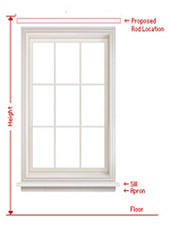 1.Determine rod locationMost rods are hung a minimum of 4” above the window frame. When deciding on rod placement, keep in mind any headers on your curtains that will extend above the rod. 2.Determine stop locationCurtains are typically hung to extend either to the window sill, the apron (the wood molding on the window just below the sill), or the floor. If you want your curtains to puddle on the floor, add 4-8” of length past the floor. 3.Choose your panelMeasure from the spot where you’d like the rod to be, down to the spot where you’d like the curtains to stop, and then choose the closest length available in the panels you’ve chosen. Note:Do not install the rod until you have your curtains, as you will most likely have to adjust the rod placement for the curtains to extend to the length you want. |
|
